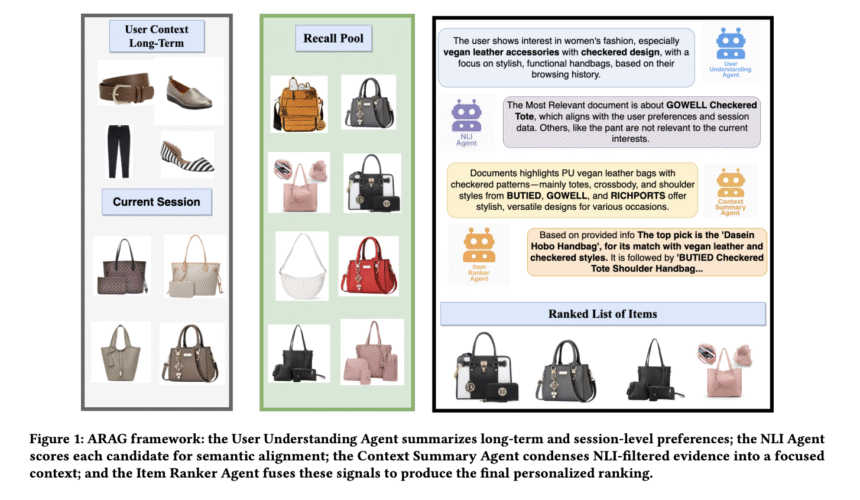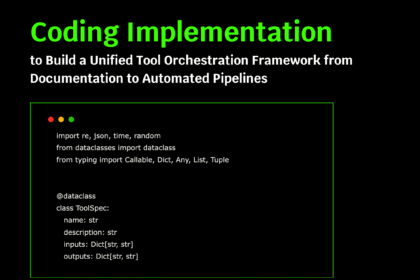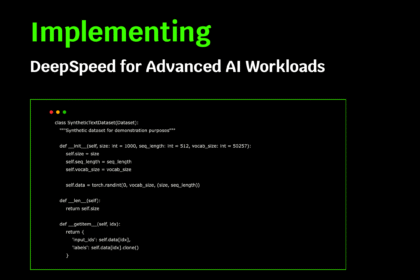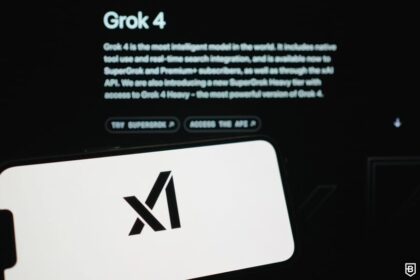Personalized recommendations have become a vital component of many digital systems, aiming to surface content, products, or services that align with user preferences. The process relies on analyzing past behavior, interactions, and patterns to predict what users are likely to find relevant. Over time, techniques have shifted from basic filtering to advanced models powered by language understanding. These advancements allow systems to provide not only more accurate recommendations but also ones that adapt to users’ evolving interests, thus improving engagement and satisfaction.
The key challenge in making recommendations lies in understanding the subtle and dynamic preferences of users. Often, systems fail when user history is sparse or when new behaviors emerge that differ from previous patterns. Simple similarity-based retrieval methods or those depending on recency fall short in modeling long-term interests or context shifts. As users’ needs change frequently, systems that lack semantic reasoning struggle to provide relevant results. This leads to poor recommendation experiences where the content appears disconnected from what the user is currently seeking.
Some widely used approaches, such as recency-based ranking, select items based on how recently a user has interacted with them. Others use Retrieval-Augmented Generation (RAG), which selects content based on the semantic embedding similarity between the user’s history and item metadata. The vanilla RAG framework applies embedding-based recall but doesn’t incorporate deep reasoning or cross-session understanding. While these systems retrieve technically relevant items, they often fail to filter and rank them in a way that accurately captures user intent, especially in diverse domains such as clothing or electronics, where context is crucial.
Researchers at Walmart Global Tech proposed a new multi-agent system called ARAG (Agentic Retrieval-Augmented Generation). Research introduced ARAG as a structured collaboration of specialized agents, each designed to handle a specific part of the recommendation process. These agents include a User Understanding Agent to profile user behavior, a Natural Language Inference (NLI) Agent to score item alignment with preferences, a Context Summary Agent to condense relevant content, and an Item Ranker Agent that finalizes the ranked list. Each agent performs reasoning tailored to its task, making the recommendation more aligned with both historical and session-level context.
The workflow of ARAG starts with retrieving a broad set of candidate items using cosine similarity in an embedding space. The NLI Agent then evaluates how well each item’s textual metadata aligns with the inferred user intent. Items with higher alignment scores proceed to the Context Summary Agent, which compiles key information for ranking. Simultaneously, the User Understanding Agent generates a summary based on past and recent user behavior. These summaries guide the Item Ranker Agent to sort and prioritize items in order of likely relevance. The entire process occurs in a shared memory space, allowing agents to reason based on each other’s findings. This setup supports parallel processing, ensuring that the final output incorporates all aspects of user intent and context.
When tested across the Amazon Review dataset, covering categories such as Clothing, Electronics, and Home, ARAG showed consistent and strong improvements. In the clothing category, ARAG achieved a 42.12% increase in NDCG@5 and a 35.54% in Hit@5 compared to recency-based methods. In electronics, it improved NDCG@5 by 37.94% and Hit@5 by 30.87%. The home category also showed significant improvements, with NDCG@5 rising by 25.60% and Hit@5 by 22.68%. These metrics highlight how well ARAG ranks relevant items near the top of the list. An ablation study further confirmed the value of each agent. Removing the NLI and Context Summary Agents resulted in lower accuracy, indicating that the agentic reasoning model enhances overall performance.
The researchers addressed a clear problem in recommendation systems: the inability to understand user context deeply. Their proposed solution, built around collaboration between specialized agents, shows significant improvements in accuracy and relevance. This approach demonstrates how reasoning-oriented frameworks can reshape recommendation systems to better serve user intent and context.
Check out the Paper. All credit for this research goes to the researchers of this project.
Sponsorship Opportunity: Want to reach the most influential AI developers across the US and Europe? Join our ecosystem of 1M+ monthly readers and 500K+ engaged community members. [Explore Sponsorship]
Nikhil is an intern consultant at Marktechpost. He is pursuing an integrated dual degree in Materials at the Indian Institute of Technology, Kharagpur. Nikhil is an AI/ML enthusiast who is always researching applications in fields like biomaterials and biomedical science. With a strong background in Material Science, he is exploring new advancements and creating opportunities to contribute.











